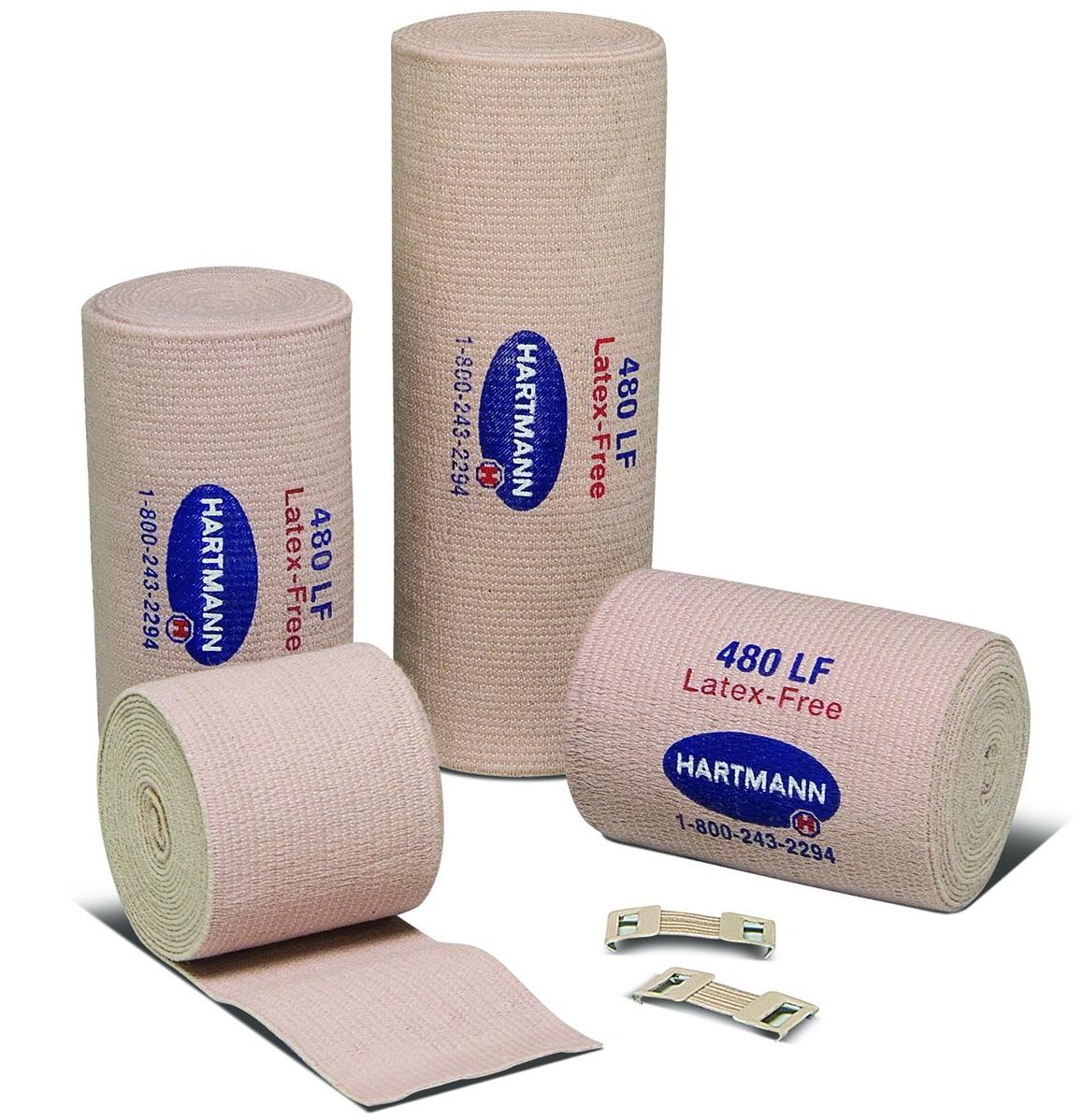



This depends on several factors including the rate at which you heal. Most patients wear their compression garments for about two weeks after their facelift, neck lift, or neck liposuction procedures. How Long Will I Need a Compression Garment After My Facelift? Ransom will explain whether or not you will require a compression garment and how long you can expect to wear it after your facelift, neck lift, or neck liposuction. Compression garments are not always recommended depending on the patient’s needs. These include facelift, neck lift, or neck liposuction. Which Facial Plastic Surgery Procedures Require Compression Garments?Ĭompression garments are typically associated with plastic surgery procedures for the body such as tummy tuck, but some types of facial plastic surgery can benefit from their use as well. Many patients also find that their compression garments result in reduced pain, swelling, bruising, and bleeding throughout their healing process. A compression garment helps to gently close this space, encouraging tissues to properly heal together in the intended position. Following procedures such as liposuction, there can be space between tissues and the overlying skin. Why Should I Wear a Compression Garment After Plastic Surgery?Ĭompression garments can help you achieve a faster recovery process and maintain the intended contours created after procedures like a facelift or neck liposuction. Ransom can explain whether you can expect to wear one after your facial plastic surgery. Not all procedures will require compression garments, and Dr.
Should i sleep with a compression bandage on skin#
This applies to procedures like a facelift, where the skin can be separated from underlying muscle or fat and excess tissues are removed. Secure the end with clip fasteners or tape.During the recovery period after facial plastic surgery, compression garments are sometimes used to aid in proper healing. Circle the wrist several times, ending about 10 centimetres above the wrist. Then wrap it around the hand between the thumb and index finger. Wrap the bandage around the hand a few times, beginning at the base of the fingers. If it isn't rolled already, roll up the elastic bandage. Secure the end with clip fasteners or tape. The wrap should cover the entire foot from the base of the toes to about 10 centimetres above the ankle. Continue around the ankle and foot in a figure eight, moving toward the heel on the bottom and up toward the calf. When you get to the ankle bone, wrap the bandage around the felt piece so it stays in place under the ankle bone. Now bring the bandage across and down over the top of the foot and under the arch in a figure-eight pattern. Pull the bandage across from the bottom of the toes over the top of the foot and circle it around the ankle. Wrap the bandage around the ball of your foot once, keeping it somewhat taut with a light pull.Īfter this first wrap, slowly start circling your way around the arch of the foot. Hold your ankle at about a 90-degree angle. Next, if it isn't rolled already, roll up the elastic bandage. Place the pad (open end up) under the ankle bone to help keep fluid out of the hollow place under your ankle bone. Wrapping an ankleįirst, cut several horseshoe-shaped pieces of cloth felt to form a centimetre-thick pad. Follow any instructions that come with the bandage. The steps are similar, whether for a wrist, an ankle, or anywhere else you would wear one. Putting on a compression bandage is easy, and you can do it at home. You can wear it longer than that, as long as it doesn't make your pain worse. A compression bandage may help most to prevent swelling in the first few days after your injury.


 0 kommentar(er)
0 kommentar(er)
